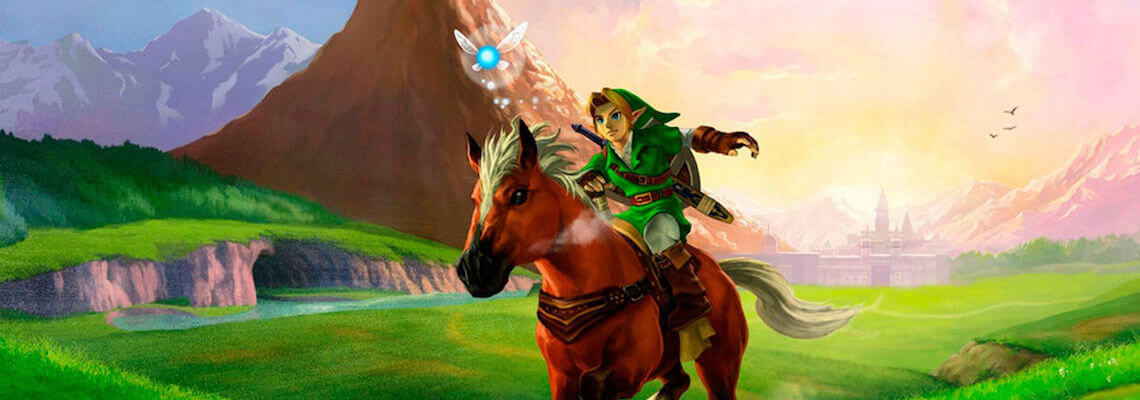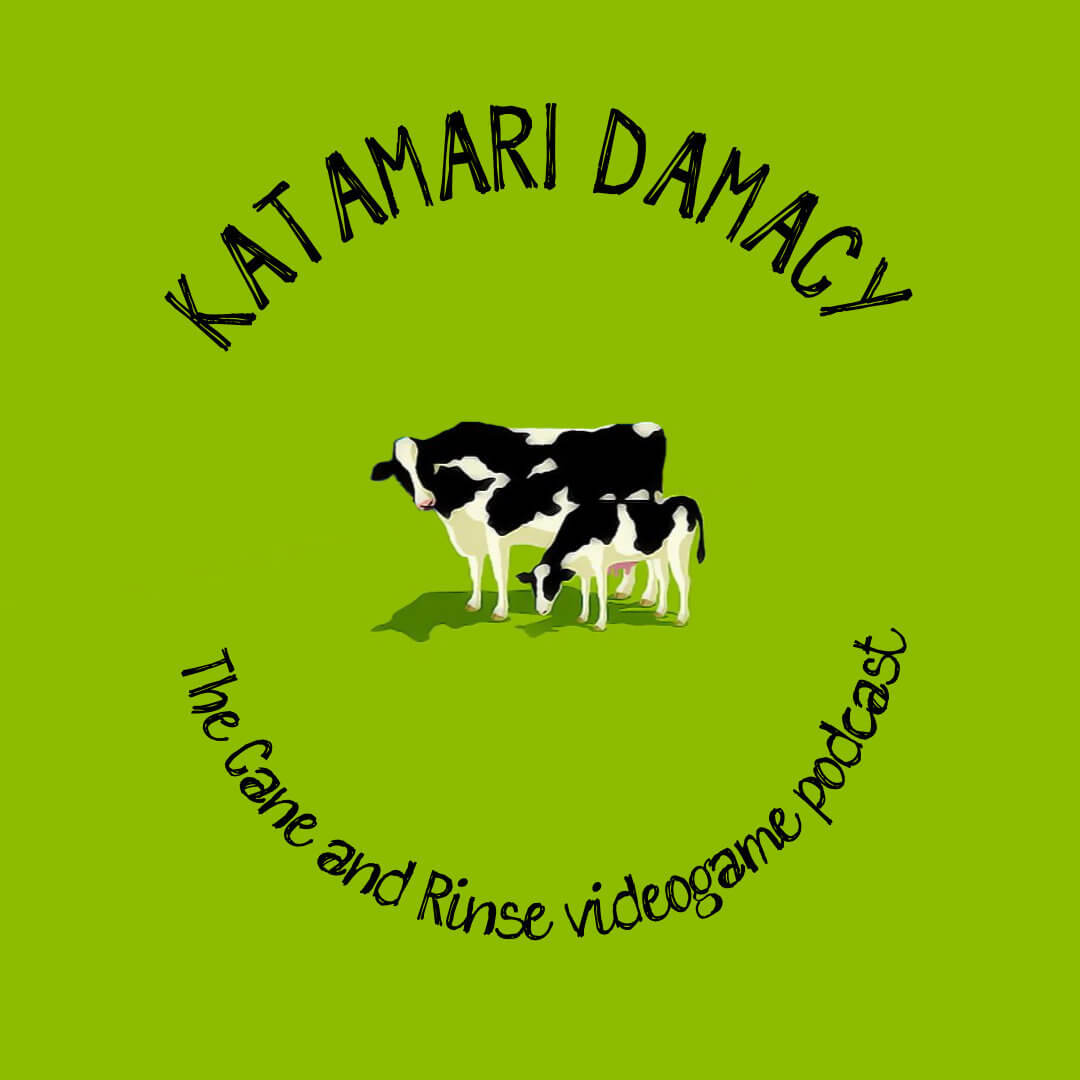Shigeru Miyamoto famously once compared The Legend of Zelda to his own childhood adventures.
He spoke of the woodland and caves near where he was raised and the sense of exploration and wonder that came from navigating them. I always loved him for that. From the original 1986 classic through to A Link Between Worlds (and the recently released 3DS remake of Majora’s Mask) I truly believe the series has delivered on that front.
To me, playing a Zelda game is traversing the world, solving puzzles and fighting adversity. It is the age-old hero’s journey. It is the childhood dream of finding more to the world than school, a job or the mundane and it is embracing that childhood innocence. The Legend of Zelda is magical.
With all this in mind, I recently revisited Ocarina of Time, I say revisited but (thanks to a long and complicated story regarding my childhood) I never actually completed it before now.
My return to the Hyrule of Ocarina of Time was facilitated by Grezzo’s 2011 3DS remake. It feels clichéd at this stage to state that a remake has the graphical fidelity you remember rather than the reality of the original, but I found that to be true. No longer are the Hylian population of the game suffering from unwanted pointy, polygonal protrusions.

Throughout the first ten hours what kept coming back to me is how well Ocarina holds up, not from a technical viewpoint but from a design lens.
It has a story but doesn’t beat you over the head with it, the combat revolves around intelligent use of targeting and timing and then there is the Zelda staple; problem-solving. Sure, there is fighting in the Zelda series but even the combat is presented as a puzzle: Use a weapon? Use a shield? Use a tool? From the front? Back? Side?
Ocarina of Time is no different and boss fights especially conform to this. Fights with Ganondorf, Bongo Bongo and Shadow Link had me thinking, looking at attack patterns and experimenting with Link’s equipment and moveset.
It is telling that I couldn’t play Ocarina of Time half-engaged, it demanded my full intention. Much of this comes down to the way the game is designed. When I wasn’t following the core story I was solving a puzzle or I was exploring or hunting for collectables. Be they heart containers, Great Fairies or Gold Skulltulas I was seeking, I cannot deny that I was constantly busy – but notably I wasn’t overwhelmed and always rewarded with goodies for my persistence.
Nintendo have the uncanny ability to take obscure things and turn them something special, such as the Ocarina. Through this weird little woodwind instrument time can be manipulated, the weather can be shifted, friends can be called on and Link can warp from location to location. This is very much the Nintendo school of design.
I can’t talk about Ocarina without bringing up the world, and in this incarnation Hyrule is diverse yet simple. It is actually quite elegant in design and like most other entries in the series the various regions have their own gimmicks and usually a plot critical dungeon and/or Temple.
I could talk at length about the races, the environments and the superb level design (for the most part) but it is enough to say that they are memorable as is the supporting cast of the game and what really stands out to me is the foundation laid (or perhaps the foundation expanded upon) for Majora’s Mask.
Although not nearly as complicated, this Hyrule is one where you are initially presented with joviality and naïveté, but as the game progresses and the plot unfolds you see desperation and cynicism in the people you meet. In a way, you see what the people become when tragedy intruded upon their lives and it isn’t always nice.
The world has depth, more than it is often given credit for. I saw depression, defeat and submission but I also saw hope. The latter half of the adventure strips the childhood innocence of before and the world reflects that in many ways.

I didn’t play with the 3D on so I can’t say what that adds to the experience, but the new touch screen approach to switching equipment or using the ocarina felt like a massive improvement on the N64 original. Also I did meddle with one of the game’s other additions, the Sheikah Stones.
The Sheikah Stones give hints as to where to go, what to do or how to do it through visions which are presented in the form of static images or short little videos. I didn’t like using them as I felt it took some of the exploration and experimentation out of the game but I am happy they are there as a crutch for the more obtuse puzzles and also to help new players who haven’t spent much time with the series plus they are completely optional, you never have to touch one once.
In conclusion I have played The Legend of Zelda: Ocarina of Time and have come out of it with memories, the story is one of notable significance (in Zelda lore at least), the dungeons and the puzzles surrounding them make me smile on recollection and the music fills me with a sense of adventure.
For me this is a game that resonated with me, I played it during a difficult time and rather than coming out the other side of it with cynicism, I have nothing but positive feelings.
My only real criticisms are that I feel like more could have been done with Epona (but that canyon scene was quite awesome) and that the Water Temple (although it is massively improved on OoT3D) is somewhat awkward to navigate. Ocarina of Time is a must play and it deserves to be considered one of the best games of all time, it is definitely one of mine.
If you find yourself wanting to experience the game for the first time or even revisiting it then I believe the 3DS version of Ocarina of Time is the definitive version, not because it’s easy on the eye or more accessible but because it captures the feel of the Nintendo 64 original without feeling like a badly designed relic, encapsulated in game design history.

















Well done looking good keep up the work inspiration to many Berty
I’ve started this game a few times. On the original hardware, emulation and on the Ltd Edition versions that came with Mario Kart DD on the Gamecube. Never been able to get in to it. It’s part of a larger problem I think though, in that I’ve actually never enjoyed a Zelda game (other than the Minish Cap on GBA, which by all accounts was something of a departure for the series). I think the main problem with OoT was that I came to it fresh off the back of FFVII on the PS1 (that being the first JPRG I’d ever experienced) and wanted ‘more of the same’. A few people told me the Zelda games were RPGs and that this was the latest and best. It couldn’t have been more different to FFVII which put me off straight away. It’s something I always wish I’d played though, and maybe still will one day, more likely than than not on the 3DS.
Hey Alex, you’re not alone in that experience. Despite the immense popularity of the series I’ve come across many people who haven’t managed to penetrate the games as well as others who only enjoy the 2D entries and of course vice-versa.
If you do ever cave-in and give it a go then I would recommend the 3DS version